
For nearly three decades, politicians from Norway to New Delhi were flying to Colombo to facilitate peace in Sri Lanka. Now, corporate executives from Larsen & Toubro’s AM Naik to Omaxe’s Rohtas Goel may join author-investor Jim Rogers in flying to the once war-torn Indian Ocean island to share a pie of the future prosperity.
L&T, Omaxe and Puravankara Projects are among those lining up to build projects, anticipating an economic surge in Sri Lanka expected to happen after a bloody war. They are planning to build shopping complexes, residential homes and much more.
Sri Lanka, with hundreds of kilometres of beaches, hill-top plantations and a treasure of history from the ancient pandyas to portugals, is taking baby steps to revive its battered $40-billion economy. Delegates from the Sri Lanka board of investment met with executives from Omaxe in New Delhi and others seeking investments and have liberal rules governing businesses.
It aims to spend $20 million in promoting the nation once described where “history lies buried in its sands, and ghosts of romance lurk among its bastioned rocks” for global tourists.
“With the civil war over, we are seeing a huge demand for housing,” said Puravankara group MD Ravi Puravankara. The group is planning to launch a villa project in Colombo. “We have already initiated the land acquisition process,” he added. It is aimed at the Sri Lankan diaspora who may return to enjoy the long-desired peace. But, it will cost them around $2 lakh each.
The Sri Lankan government is targeting an FDI of $2 billion by 2010. According to government statistics, Sri Lanka received $889 million in FDI in 2008 and $400 million, so far, this year. The Board of Investment declined to comment on how much it expects the Indian real estate developers to invest.
It is not hot air. L&T has already laid the foundation stone for its commercial park in Colombo and is all set to invest around $150 million for its residential and commercial projects in country with a population of around 20 million, about a fifth of Maharashtra.
The commercial complex, a 51 storey building in Colombo city with 15 lakh square feet, will be called the Diamond Tower. “We plan to make this the tallest building in Sri Lanka,” said C Ignatius, director of the Sri Lanka board of investment. Larsen declined to comment for the story.
The Sri Lankan government is doing its best to attract overseas investors, especially from India, and has made the foreign direct investment
rules simple. For an Indian real estate company to build complexes, all it needs to invest is Rs 2 crore. Also, there is no lock-in period for the investors. They can cash out and repatriate the money to India anytime they want.
“We have carried out an extensive research in Sri Lanka and our research shows that the country has huge potential for the developers,” Omaxe chairman and MD Rohtas Goel told ET. But, the company is yet to finalise its plans.
Sri Lanka, with many plantations, beaches and a colonial past, could draw global hospitality and manufacturing companies. “Many multinationals could also enter the country which would again increase the demand for commercial and office space,” said Cushman & Wakefield executive director Kaustuv Roy.
But, some developers who suffered losses when the real estate market collapsed in the Middle East because of the global credit crisis, are cautious. “We have a huge exposure in Dubai,” a Mumbai-based developer said requesting anonymity.
“But, the properties are not selling, so we are trying to sell whatever we can and are exiting. We are saved just because we had huge margins, but now we are cautious and would wait for some other Indian developer to yield results in Sri Lanka,” the developer said.
© The Economic Times

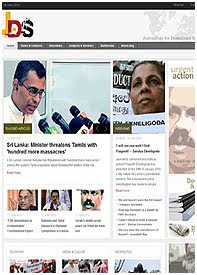

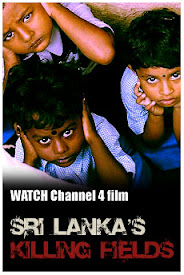

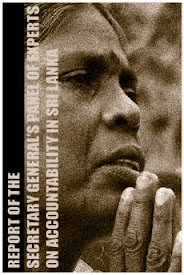



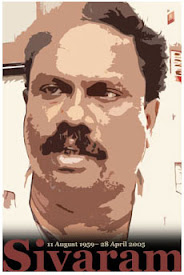





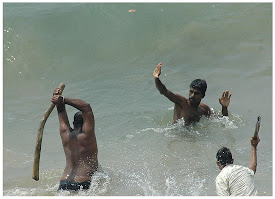
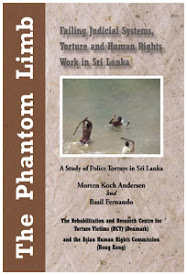
No comments:
Post a Comment